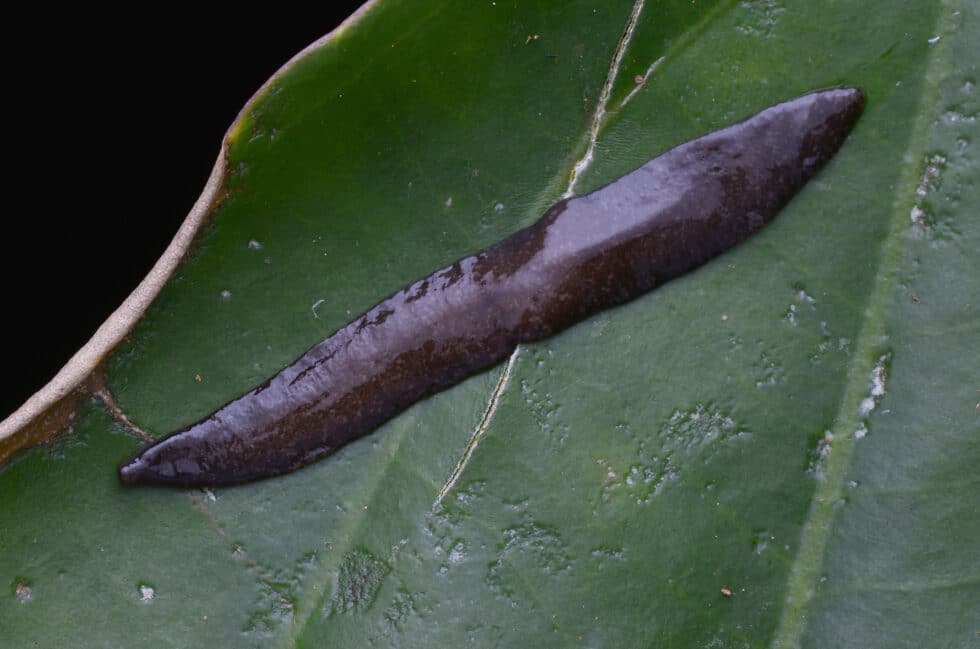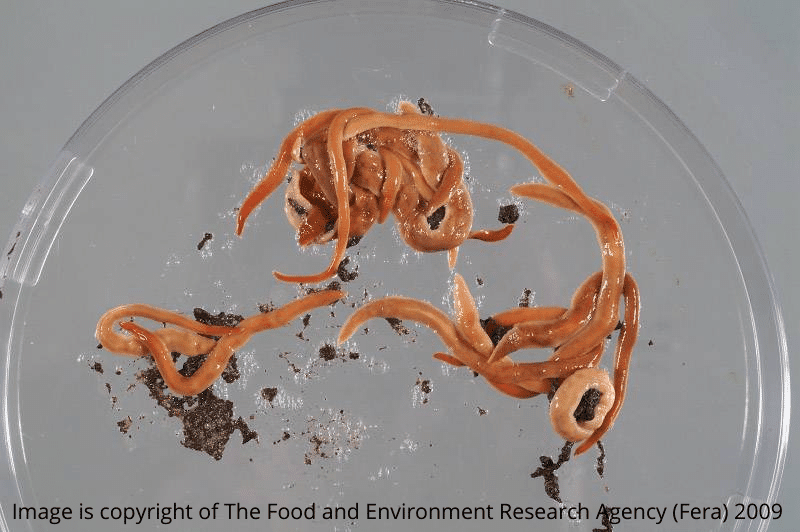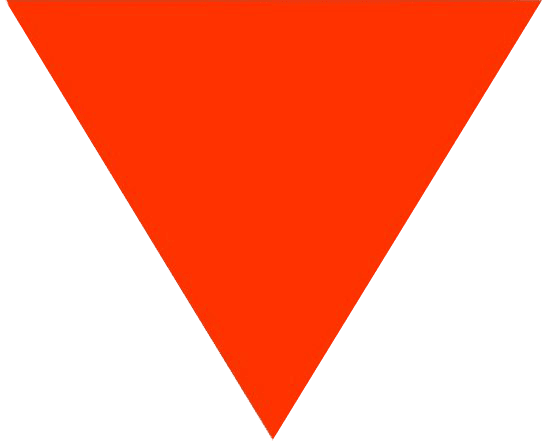Did you know there is a genuine threat to the very fabric of the UK’s gardens, living right under our noses? Without wanting to ring alarm bells or spread panic like a tabloid newspaper, we do need to be vigilant and keep an eye out for non-native flatworms in our gardens.
While it was known that there were a handful of native flatworm species living and thriving in the UK, early warnings started being sounded a few years ago when the first non-native invaders were identified on our shores. The reason for this concern is that, particularly in the case of the New Zealand Flatworm and its Australian cousin, these monsters feed on some of our native earthworm species. Now most of us consider the humble Earthworm to be the Gardener’s Friends, helping as they do with the aeration of our soil and contributing massively to the processing of valuable nutrients. Their part in the garden’s circle of life should not be underestimated, as they are pivotal to the ecology of your garden and lawn. The whole ecosystem of the UK’s gardens would collapse without them so they need to be protected from the threat of these non-native munching marauders at all costs.
HOW DID NON-NATIVE FLATWORMS GET HERE, TO THE UK?
These foreign invaders have arrived in the soil of plant imports, shipped here to satisfy the eager British market for Antipodean plants considered exotic in the UK. It is good practice to check over the soil in the pot of every non-native plant we buy, especially those which come from parts of the world where such predators abound.

Australian Flatworm (Australplana Sanguinea)
HOW DO I IDENTIFY NON-NATIVE FLATWORMS?
As you can see in the images here, both the New Zealand (Top image) and Australian Flatworms (pictured above) have distinctive appearances. The New Zealand Flatworm is well camouflaged for our soils, being mottled brown/grey with a frilled or ruffled edge while its Australian counterpart’s colouring is a much more eye-catching bright orange/brown. Both these and the Obama Flatworm, which was discovered very recently and is similar in appearance to the New Zealand species, are characterised by a glossy, glistening mucus which covers their bodies. Some people have mistaken these flatworms for slugs, but the flatworms’ bodies are smooth beneath that slimy coating while a slug’s body is pitted and bumpy. Flatworms can be much bigger than slugs too, New Zealand ones growing upto 20cm (8”) in length.
So far, only the Australian Flatworm has been found in any numbers here in the south / south-west, with the New Zealand Flatworm being more prolific in Scotland and Ireland. For more information about these and other species which visitor our shores from overseas, visit the website of the Non-Native Species Secretariat: http://www.nonnativespecies.org/home/index.cfm

The Obama Flatworm, or Obama Nungara
HOW DO I GET RID OF NON-NATIVE FLATWORMS?
These slippery monsters like to hide away where it is cool and damp, for example under rocks, fallen tree branches or flower pots. Having regular purges, where you collect the flatworms in a bucket of hot water (anything over 30C/86F), for at least 40 minutes will kill both adults and eggs. This technique will also work if you buy or are given a plant with which you discover flatworms present. Dip the plant’s root ball in the hot water and leave it for the same 40 minutes, and the dead vermin will drop away.
ARE FLATWORMS HARMFUL TO HUMANS?
It is said that non-native flatworms can pass diseases such as Meningitis on to humans, but only if they are ingested. So please be careful; we know of at least one TV Chef who uses slugs in his recipes, so our advice would be give all such molluscs a wide berth. Just in case!



